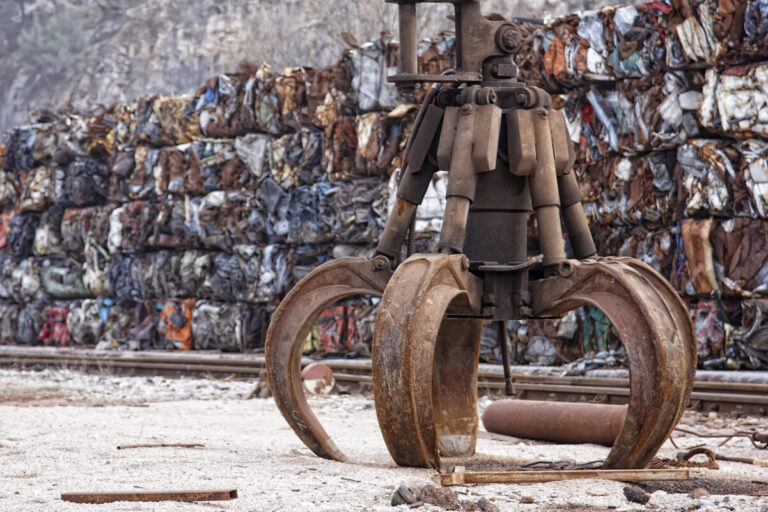
How Russia is blocking YouTube and VPNs in 2025: what’s happening with social networks and users
In 2025, the Kremlin has launched a new wave of information isolation. Under the pretext of fighting extremism, Russian authorities are not only blocking popular social networks and platforms, but are also targeting anyone who tries to bypass these restrictions. Here’s a detailed breakdown of how and why this is happening and what it means for Russians and the digital world at large.
Since the start of the full-scale invasion of Ukraine, the Kremlin has moved steadily towards digital isolation. It began in 2022 with the blocking of Facebook and Instagram. By 2024-2025, the list of banned platforms had expanded dramatically. Today, under threat are:
- YouTube Russia’s largest remaining platform for alternative news, independent reporting and commentary.
- Instagram and Facebook officially banned as “extremist organizations.”
- X (formerly Twitter) restricted or intermittently blocked.
- Discord, WhatsApp, Telegram (partially), TikTok subject to periodic or full blocks.
- VPN services a new phase of the crackdown targets ways to circumvent censorship.
Why is YouTube a primary target?
YouTube has been the last major platform where Russians could access alternative information and uncensored news. That’s why, since spring 2025, Russian authorities have been publicly discussing technical and legal ways to block YouTube completely. Outlets like Reuters, Meduza and AP have reported on test outages, new detection systems, and plans for a gradual rollout of the full ban.
VPNs Under Attack: Not Just Platforms, but Access Methods
In 2025, Russia’s internet regulator Roskomnadzor made several statements directly equating the use of VPNs with participation in extremist activities. The Duma passed new laws including:
- Fines up to 5,000 rubles for “extremist” search queries made via VPN or other circumvention tools.
- VPN Advertising is now an aggravating factor; promoting or selling VPNs can bring additional penalties for businesses and individuals.
The official justification is “combatting foreign interference,” but the real aim is to exert total control over what Russian users see and do online.
Post List
Google, YouTube, and the Major Cleanup
In parallel, Google (YouTube’s owner) ramped up its own fight against propaganda channels. In the second quarter of 2025, the company deleted nearly 11,000 YouTube channels linked to state-directed campaigns from Russia, China, Iran, Azerbaijan, and other countries:
- Over 2,000 channels Russian pro-Kremlin networks that spread disinformation about Ukraine, NATO, and the West in multiple languages.
- 20 channels and ad accounts linked to RT (Russian state TV) removed over allegations of election interference in the US.
Google states that these actions are part of its global policy to combat disinformation and “coordinated influence operations.”
Why This Matters: The Logic Behind the Crackdown
The Russian government’s tightening of censorship isn’t just about limiting access to Western platforms it’s about intimidating users:
- Punishing VPN use sends a clear signal that even trying to bypass restrictions is a punishable offense.
- Blocking new platforms helps maintain a monopoly over information and prevents the organization of resistance or protest.
Russia is following the path of China isolating, controlling, and punishing. But unlike China, which has built its own internal alternatives, Russia’s homegrown platforms are weak. Every new ban means a real loss for tens of millions of people.
A Digital Iron Curtain
The destruction of a free internet in Russia is happening by all the classic repressive methods:
- direct blocking of Western social networks,
- prosecuting users,
- creating an atmosphere of fear even for the simple act of trying to get around a block.
2025 could become the point of no return for the Russian internet, with lasting consequences for freedom of expression and the country’s political culture.















